Stephen E. Braddock's Ireland Diary
My grandfather, Peter Benedict Clarke, was born this day, August 19th in 1900 and would be 118 years of age!
The "Gas House" is where my grandfather, Peter Benedict Clarke, was born on August 19th, 1900. Ballinsaloe was one of the first towns in Ireland to be lighted by gas. This took place in 1841 when the Gas Company was established. My great-grandfather, Frank Clarke, became the manager in 1870. My grandfather arrived 30-years later as the youngest of 13 children. He had six brothers and six sisters. His mother, Delia Frances Clarke, died on October
frbraddock
23 chapters
16 Apr 2020
Day 12: Ballinasloe, Clarke Family History, & Knock Shrine
August 19, 2018
|
Ballinsaloe, County Galway
My grandfather, Peter Benedict Clarke, was born this day, August 19th in 1900 and would be 118 years of age!
The "Gas House" is where my grandfather, Peter Benedict Clarke, was born on August 19th, 1900. Ballinsaloe was one of the first towns in Ireland to be lighted by gas. This took place in 1841 when the Gas Company was established. My great-grandfather, Frank Clarke, became the manager in 1870. My grandfather arrived 30-years later as the youngest of 13 children. He had six brothers and six sisters. His mother, Delia Frances Clarke, died on October
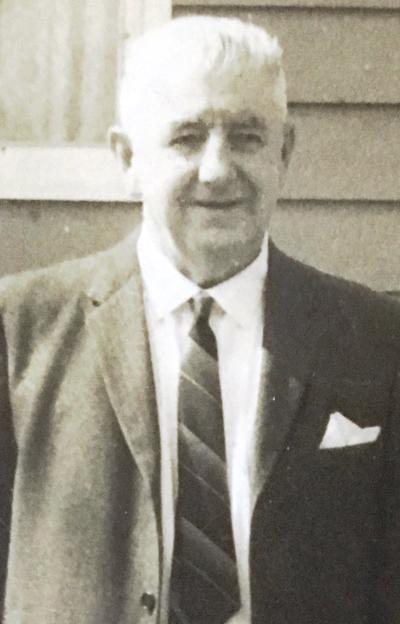
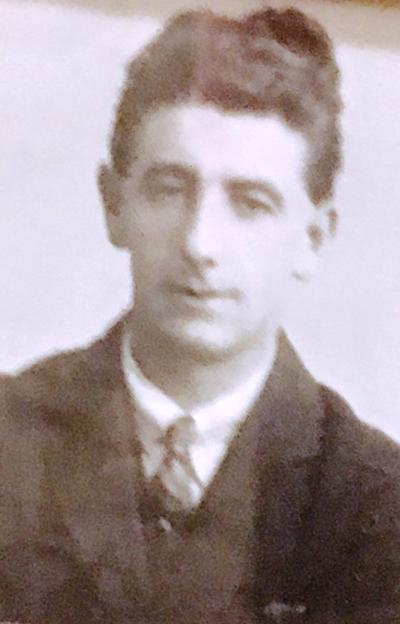

29, 1900, at age 39, just 71-days after his birth. She reportedly died from birth related complications. My grandfather was raised by his eldest sister, Rose Clarke (Parker). He later returned to his father’s house as a young teen.
The photo on the left is The Gas House, place of my grandfather's birth, pictured around 1970, and to the right how I photo'd it today. In its day it was a single family home for the Clarke family of 15. Today it is converted into a duplex.
The River Suck was a favorite spot of my grandfather where he spent much time as a boy fishing and swimming. The River Suck is one of the main tributaries of the River Shannon and is an extensive river system in its own right. It is approximately 50 miles in length, draining a large part of Counties Roscommon and Galway.
Following photos show the river as it is today, near his childhood home and across from his family's church, St. Michael's, where he was baptized in on September 1st, 1920 by Father Flynn.

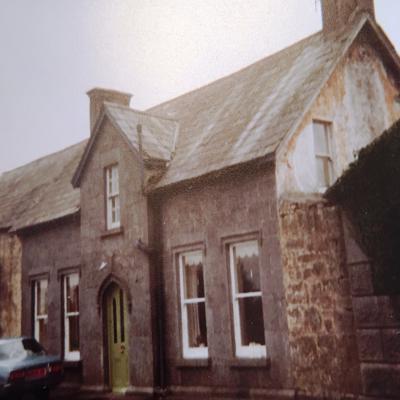
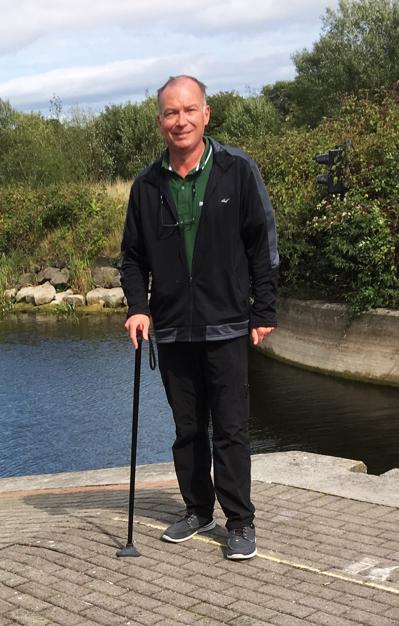
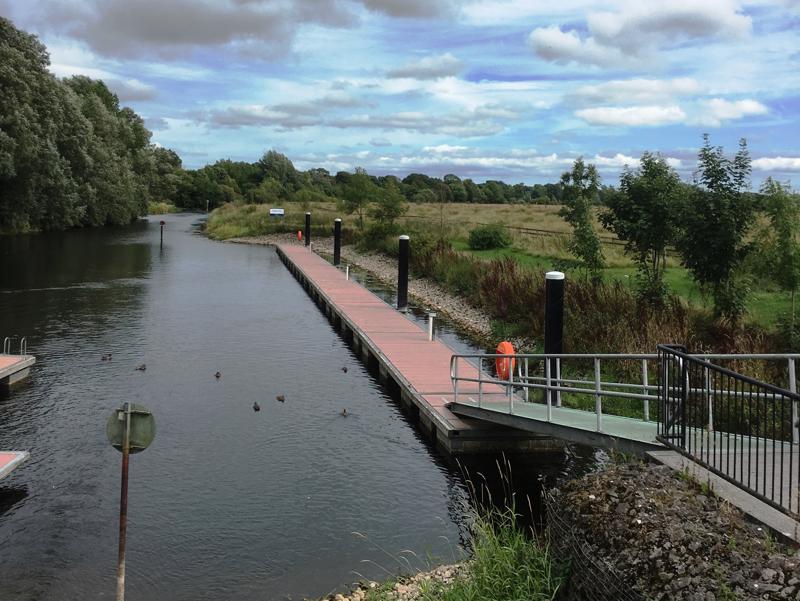
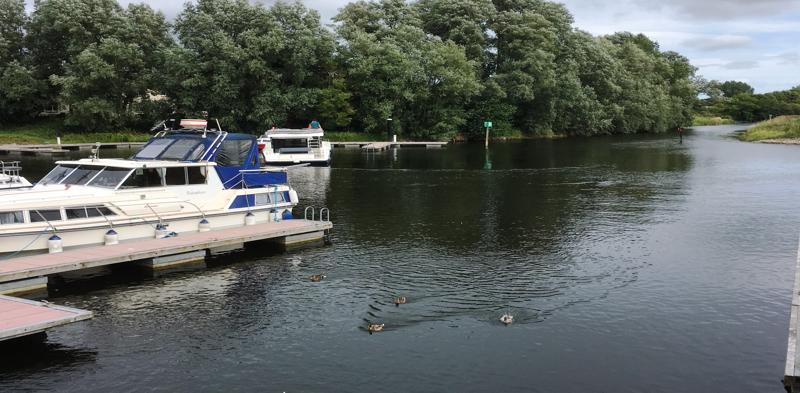
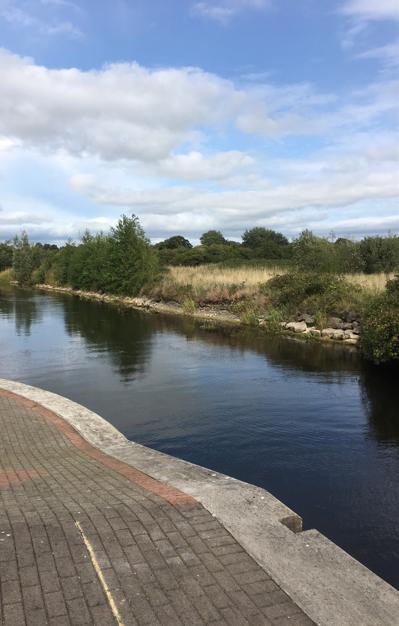
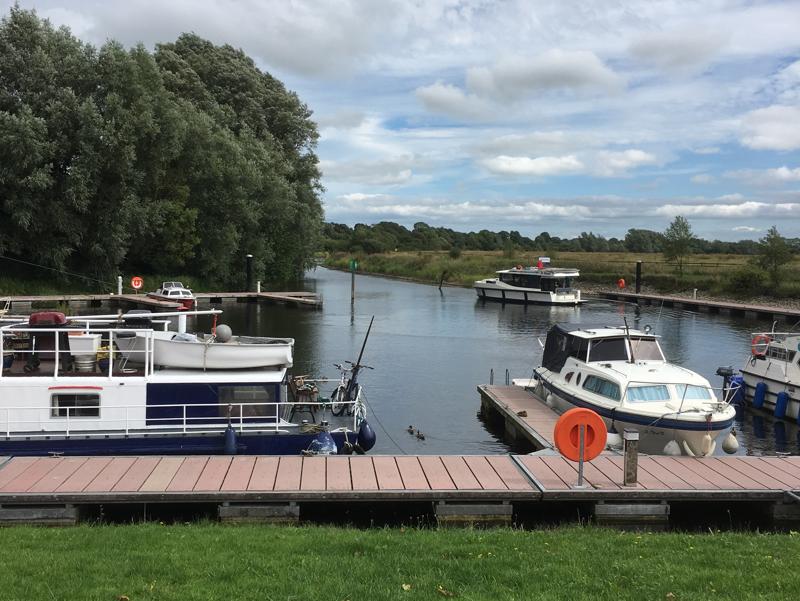
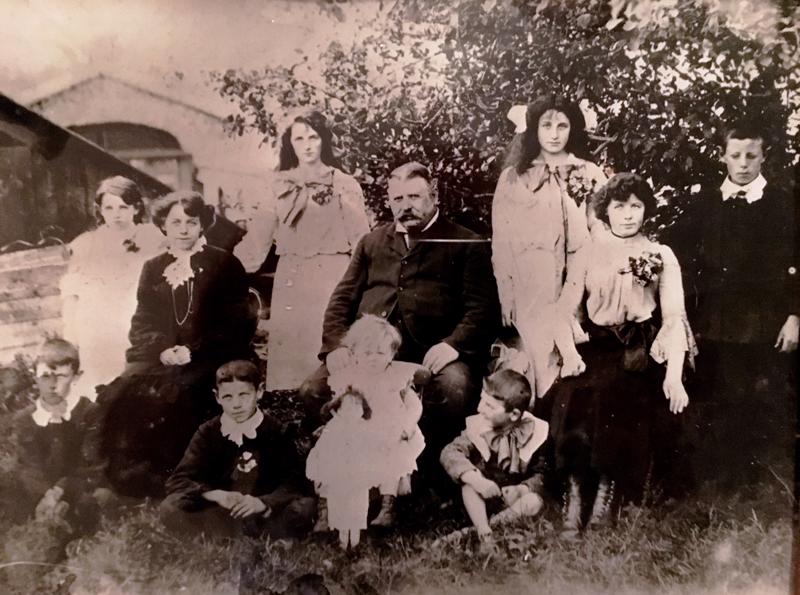
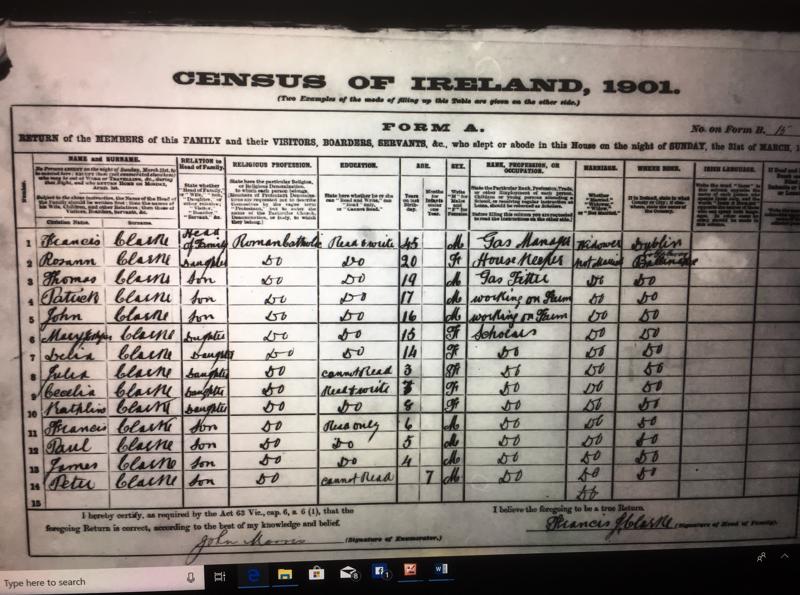
I walked the river banks picturing my grandfather fishing there as a young boy and remembering the numerous times he took me fishing.
The old mill in Poolboy is where my grandfather trained and armed new members of the I.R.A to fight for independence from Britain.
I would never have been able to find the site on my own, especially since the circa 1970 photo I had with me showed the ruins of the mill, which are no longer there. I met a 91-year old man who lives down the street from the old Gas House and asked if he knew where it was. He said he did and insisted on showing me. His name is Bernard. When we arrived by car we encountered a secure gate 5 feet high or so. I thought, "that's that!" Then 91-years young Bernard gets out of my car and climbs up and over the gate to arrange me access! I was able to see the field where the covert trainings were secretly conducted secretly by my grandfather.
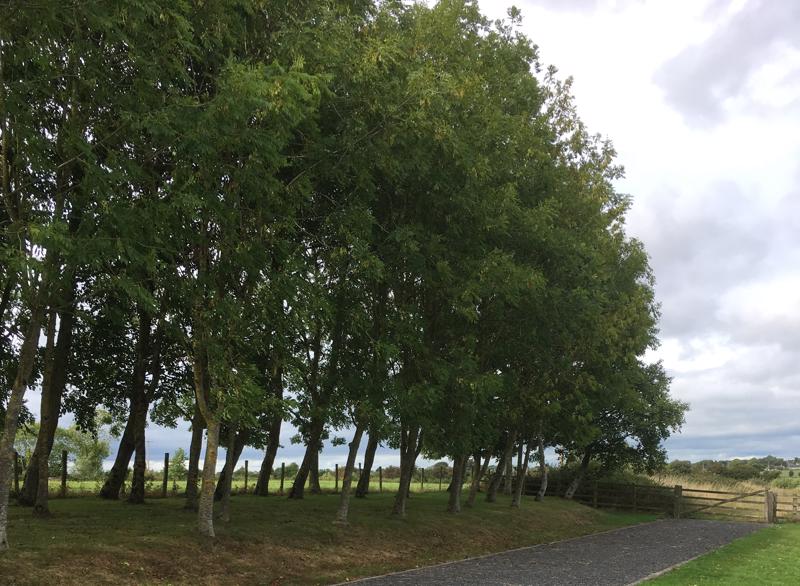
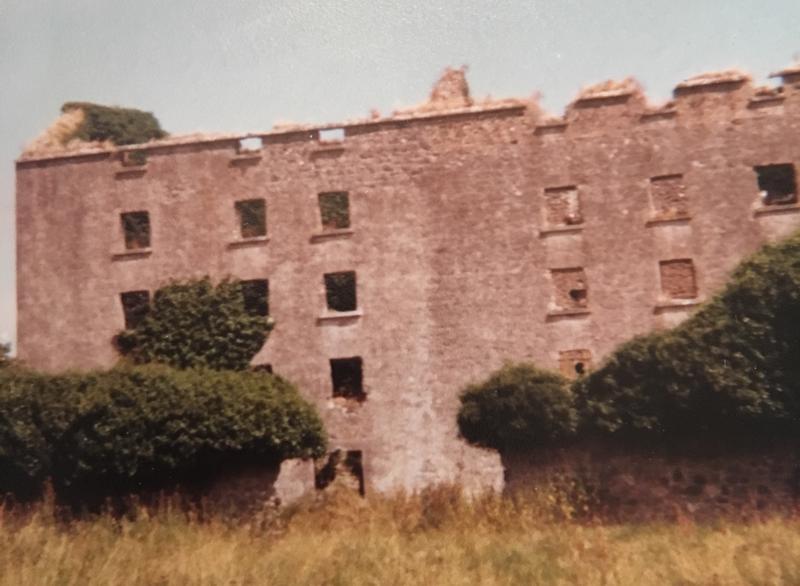


St. Michael's Roman Catholic Church is where my grandfather, Peter Benedict Clarke, was baptized in October of 1900. He later came to be known affectionately as “Benny”. The baptismal register of St. Michael's goes back to 1820.
Before attending Mass this morning at St. Michael's, I went to Creagh Cemetery (on Creagh Road, Kilgare, Ballinasloe) about two kilometers from the Clarke family home and the church.
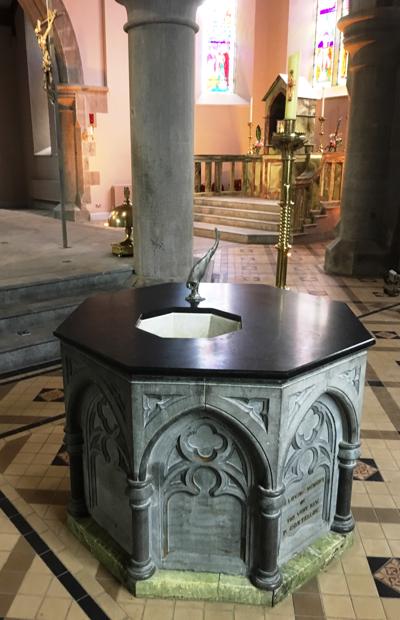

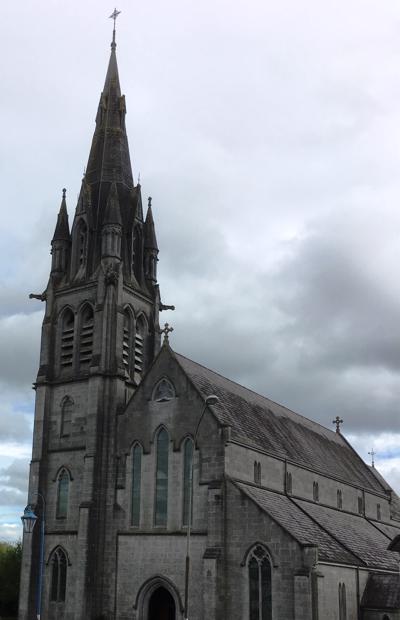

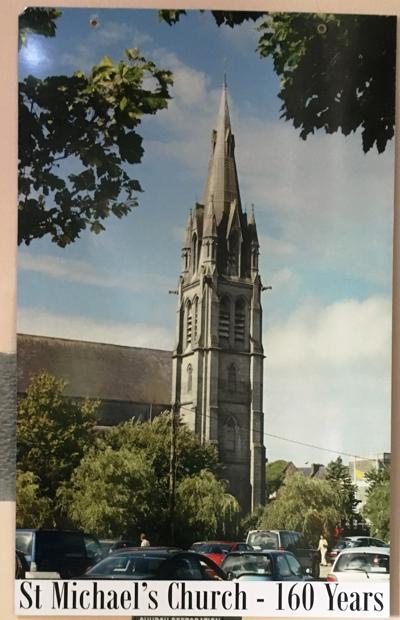
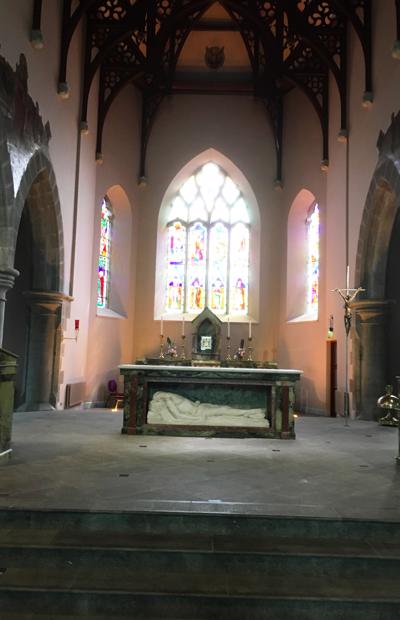
After nearly two hours of searching for the gravesite I gave up because the engravings on the majority of headstones and monuments from that era have long faded away from the elements.
As I was preparing to leave the family plot appeared approximately 100 feet from where I entered the cemetery and started looking, but in the wrong direction!
This section of the cemetery was opened in 1835. Prominent burials here include nationalist MP Matt Harris, pioneering psychiatrist Dr. Ada English, writer Eoghan O'Tuarisc.
The Clarke plot contains the remains of my great grandmother, Delia Nevin Clarke, died at the age of 39; my great grandfather, Francis Joseph Clarke, died at the age of 85; my great aunt, Mary Jospher Clarke, died at the age of 61; my great uncle, Frank Clarke, died at the age of 73; my great uncle, Paul Clarke, died at the age of 69; and, my great uncle, James Clarke, died at the age of 91.

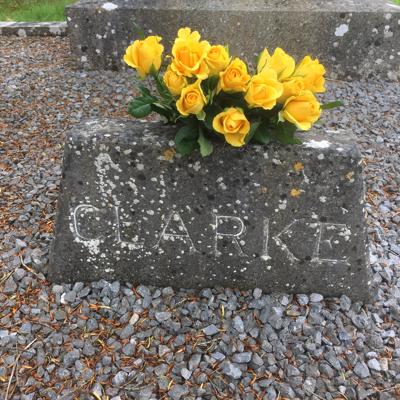
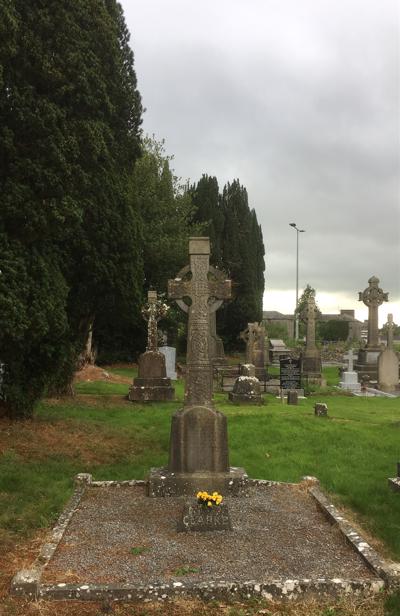
This afternoon I drove north on country roads for about an hour before arriving at Knock Shrine.
Knock Shrine has a rich and fascinating history, both in the context of the Apparition and in its local and social history.
The Story of Knock began on the 21st August, 1879 when, at approximately 8 o’clock in the evening, fifteen people from the village of Knock in Co. Mayo, witnessed an Apparition of Our Lady, St. Joseph, St. John the Evangelist, a Lamb and cross on an altar at the gable wall of the Parish Church.
The witnesses watched the Apparition in the pouring rain for two hours, reciting the Rosary. Although they themselves were saturated not a single drop of rain fell on the gable or vision. There were fifteen official witnesses to the Apparition, most of whom were from the village of Knock and surrounding areas and ranged in age from just 5 years old to 74 years old. Each of the witnesses gave testimonies to a Commission of Enquiry in October 1879.
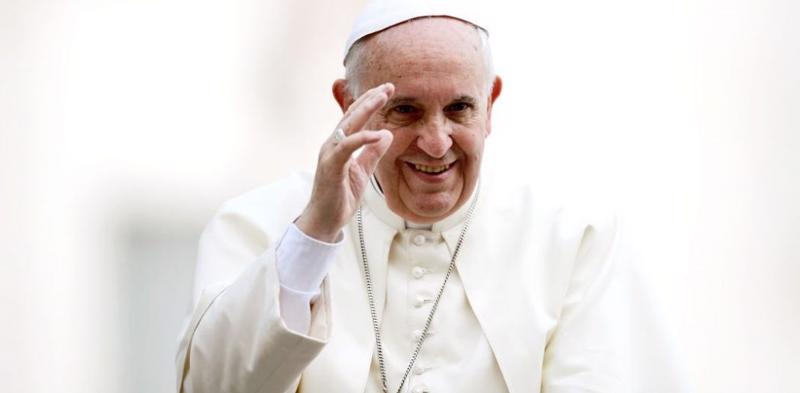
The findings of the Commission were that the testimonies were both trustworthy and satisfactory.
At 8.25am on the morning of Sunday August 26th, the bells of Knock Shrine will ring out. All churches in the family of six dioceses that make up the ecclesiastical province of Tuam are invited to ring their bells at the same time to signal the beginning of the gathering at Knock and to extend a warm Céad Míle Fáilte to Pope Francis.
Upon arrival at the Shrine, the Holy Father will move through the assembly in the Pope Mobile.
His Holiness will spend some time in silent prayer at the site of the Apparition before exiting the chapel to deliver a short address and lead pilgrims in the Angelus Prayer and imparting his Apostolic Blessing before returning to Dublin where he will celebrate an open air Mass for at least 500,000 people from around Ireland and the world.
The Pope will depart Ireland next Monday and I am hopeful Dublin Airport will return to normal by my scheduled departure on Tuesday the 28th. Maybe my flight will be cancelled and I'll have to stay longer and just blame the Pope!
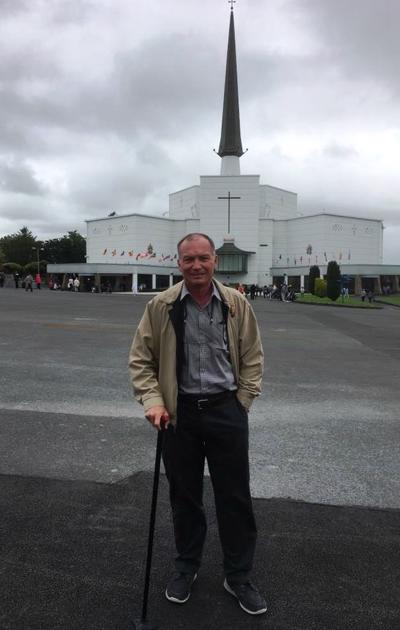
1.
Off to the Emerald Isle!
2.
Day 1: Dublin
3.
Day 2: Dublin
4.
Day 3: Dublin
5.
Day 4: Rosslare Harbour
6.
Day 5: Kinsale
7.
Day 6: Kinsale Part Two
8.
Day 7: The Wild Atlantic Way Begins...
9.
Day 8: The Wild Atlantic Way to Killarney
10.
Day 9: Tralee
11.
Day 10: Tarbert
12.
Day 11: Loop Head
13.
Day 12: Ballinasloe, Clarke Family History, & Knock Shrine
14.
Day 13: Galway City
15.
Day 14: Ballyvaughan - The Burren, County Clare
16.
Day 15: Cliffs of Moher. ALONE!!!
17.
Day 16: Connemara & Sligo
18.
Day 17: Sligo and Great Grandparents Devins
19.
Day 18: Roscommon & Athlone
20.
Day 19: Kildare, County Kildare & Dublin City
21.
Day 20: Mountjoy Prison, Dublin
22.
Day 21: Erin Go Bragh!
23.
Notes: Places I'd Stay Again
Share your travel adventures like this!
Create your own travel blog in one step
Share with friends and family to follow your journey
Easy set up, no technical knowledge needed and unlimited storage!